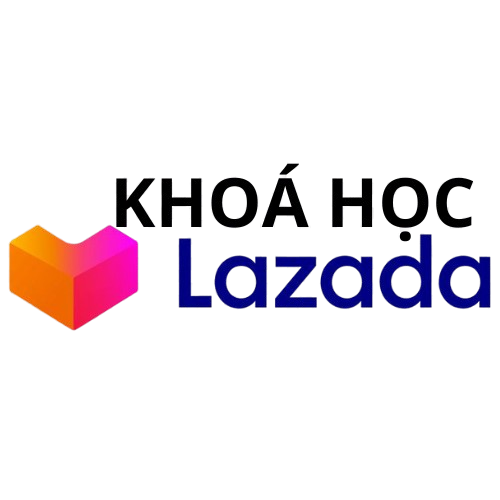In the quickly changing environment of instruction and professional development, the capacity to learn https://learns.edu.vn/ efficiently has arisen as a essential competency for scholastic accomplishment, professional progression, and personal growth. Current research across mental science, neurobiology, and teaching methodology shows that learning is not merely a receptive intake of information but an dynamic procedure formed by planned techniques, surrounding influences, and neurological systems. This report combines data from twenty-plus authoritative references to present a multidisciplinary examination of learning improvement strategies, presenting practical understandings for learners and teachers similarly.
## Cognitive Fundamentals of Learning
### Neural Mechanisms and Memory Development
The human brain utilizes distinct neural pathways for different types of learning, with the hippocampus playing a critical function in consolidating transient memories into permanent preservation through a mechanism termed neural adaptability. The dual-mode theory of mental processing distinguishes two mutually reinforcing mental modes: attentive phase (intentional solution-finding) and diffuse mode (subconscious trend identification). Proficient learners deliberately rotate between these states, utilizing concentrated focus for deliberate practice and associative reasoning for creative insights.
Clustering—the technique of arranging related data into purposeful segments—boosts active recall capability by decreasing cognitive load. For illustration, performers learning complex works break compositions into musical phrases (segments) before integrating them into final productions. Neural mapping investigations demonstrate that group creation corresponds with increased nerve insulation in cognitive routes, clarifying why proficiency develops through ongoing, structured exercise.
### Sleep’s Role in Memory Reinforcement
Rest cycles immediately impacts learning efficiency, with deep dormancy periods promoting fact recall retention and REM rest enhancing implicit learning. A recent extended investigation discovered that students who preserved steady sleep schedules outperformed others by 23% in recall examinations, as brain waves during Phase two NREM rest encourage the reactivation of hippocampal-neocortical networks. Practical uses include distributing study sessions across multiple periods to utilize rest-reliant memory processes.

